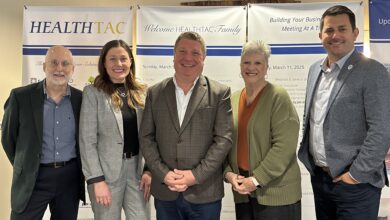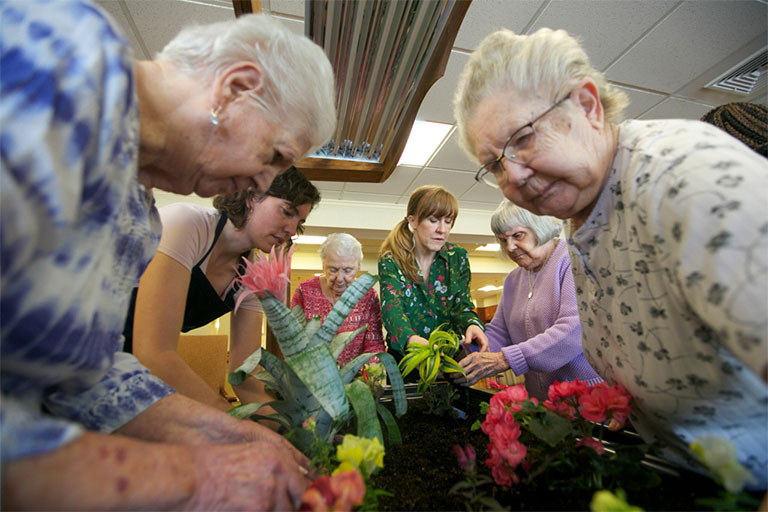
Senior Housing Occupancy Rate Increases for Eighth Straight Quarter
By Jim Nelson | July 13, 2023
ANNAPOLIS, MD — The senior housing occupancy rate for the NIC MAP Primary Markets increased to 83.7% in the second quarter of 2023, up 0.6% from the first quarter; this marks the eighth consecutive quarter of increases, according to data from NIC MAP Vision analyzed by the National Investment Center for Seniors Housing & Care (NIC).
The occupancy rate increased 5.9% overall from a pandemic low of 77.8% in the second quarter of 2021, but it remained 3.4% below the pre-pandemic level of 87.1% in the first quarter of 2020.
The number of occupied units increased 0.9% in the second quarter, while total units for senior housing grew by only 0.2%. Compared with year-earlier levels, inventory increased by 1.3%, the smallest since 2012.
“Continued solid demand for senior housing, paired with relatively slow growth in inventory, has contributed to the current occupancy recovery,” said Caroline Clapp, NIC’s Senior Principal, Research & Analytics. “This is the longest period of occupancy rate gains NIC has ever observed, yet occupancy is still below where it was at the start of the pandemic.”
Units under construction amounted to 4.9% of total existing senior housing inventory, down 2.8% from the high of 7.7% recorded in the fourth quarter of 2019. It is the lowest level of construction since 2014.
“Higher interest rates and challenges obtaining financing have continued to slow construction starts activity,” said Chuck Harry, NIC’s Chief Operating Officer. “This bodes well for continued improvement in the occupancy rates over the next couple of years, as new inventory coming online will remain limited.”
NIC experts note that occupancy at assisted-living properties is recovering faster than occupancy at independent-living properties, likely due to the more needs-based demand of assisted living properties: The assisted-living occupancy rate increased to 82.0% in the second quarter of 2023, up 0.8% from 81.2% in the previous quarter. This is 2.5% below its pre-pandemic level of 84.5%. The independent-living occupancy rate increased to 85.4% in the second quarter of 2023, up 0.3% from 85.1% in the previous quarter. This is 4.2% below its pre-pandemic level of 89.6%.
Boston (89.0%), Baltimore (87.5%), and Portland, Oregon (86.9%), had the highest occupancy rates of the 31 metropolitan markets that comprise the NIC MAP Primary Markets. Houston (78.7%), Cleveland (80.8%), and Atlanta (80.9%) recorded the lowest. Houston was the only primary market with an occupancy rate below 80%.
NIC, a 501(c)(3) organization, works to enable access and choice by providing data, analytics, and connections that bring together investors and providers. The organization delivers objective and timely insights and implications derived from its analytics, which benefit from its affiliation with NIC MAP Vision, which maximizes access, choice, and quality in senior housing by providing data, analytics, and services to industry stakeholders and partners.





